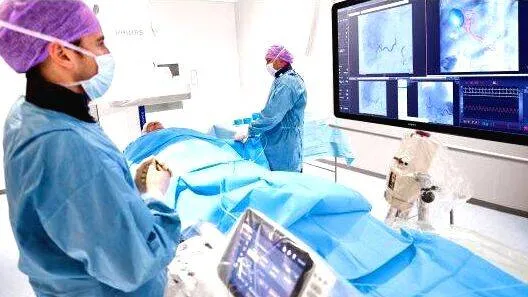

The truth is not something that can be hidden forever. Its pressure is too great. One way or another—through someone, through some crack, or even by accident—it will come out. The suffering of patients at Thiruvananthapuram Medical College due to a shortage of surgical equipment came to light through a Facebook post by Dr. Haris Chirakkal, Head of the Urology Department there. The shocking revelation that patients were being asked to contribute money for emergency surgeries came not from a whistleblower outside, but from a doctor within the system. Naturally, this caused considerable embarrassment for the government. Dr. Haris himself referred to his post as “professional suicide,” anticipating the consequences. His words reflect the intense pressure faced by doctors across the state's public hospitals.
There is a long history of truth-tellers being hunted down, precisely because the truth often exposes the distorted face of reality. Dr. Haris, who spoke up for patients, faced a coordinated attack from both government officials and leaders of the ruling front. In his Facebook post, Dr Haris pointed out that even the funds allocated to the health sector in the budget are later cut down, the remaining funds are not released on time, and even essential medical equipment is not being provided. The very next morning after his post became controversial, surgical instruments for the Urology department were flown in from Hyderabad, and surgeries that had been on hold resumed. Does that mean that unless someone shouts the truth and risks “professional suicide,” nothing will change?
While revelations, criticisms, protests, and political uproars over the shortage of medical equipment in government hospitals were at their peak, another tragic incident occurred yesterday when the roof of a building adjacent to the surgical block of Kottayam Medical College collapsed, killing a woman who was using the toilet. The victim, 52-year-old Bindu from Thalayolaparambu, had admitted her daughter for surgery and was staying with her at the hospital. It took over two and a half hours to recover Bindu’s body from under the pile of debris. Although the building—once used to house post-surgery patients—was reportedly no longer in use, the existence of an operational toilet block proves that at least part of it was still in use. If patients or bystanders were provided access to any part of the structure, that inherently means it was being used.
The building was one of the original structures from the time Kottayam Medical College Hospital was established, nearly 60 years ago. A report declaring the building unsafe had been submitted by the safety department 12 years ago. Yet, in a place where thousands of patients, their relatives, doctors, staff, and visitors move through daily, the continued presence of a dilapidated and dangerous structure is a gross act of negligence by the authorities. Once a building is declared unfit for use, it should be demolished immediately. There are many such crumbling structures still standing in our government hospitals—ready to collapse at the slightest trigger. Structural safety is as important as medical care itself. We should not have to wait for another person to commit “professional suicide” to force an audit of hospital infrastructure.